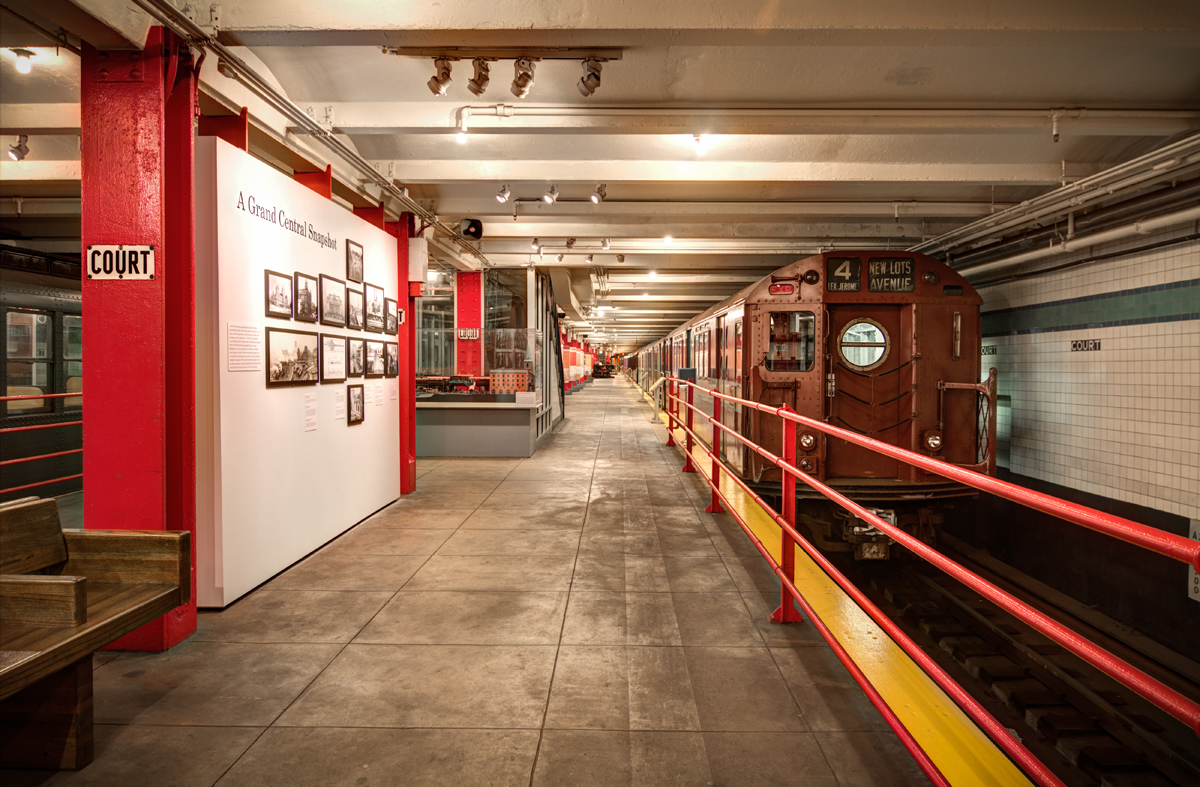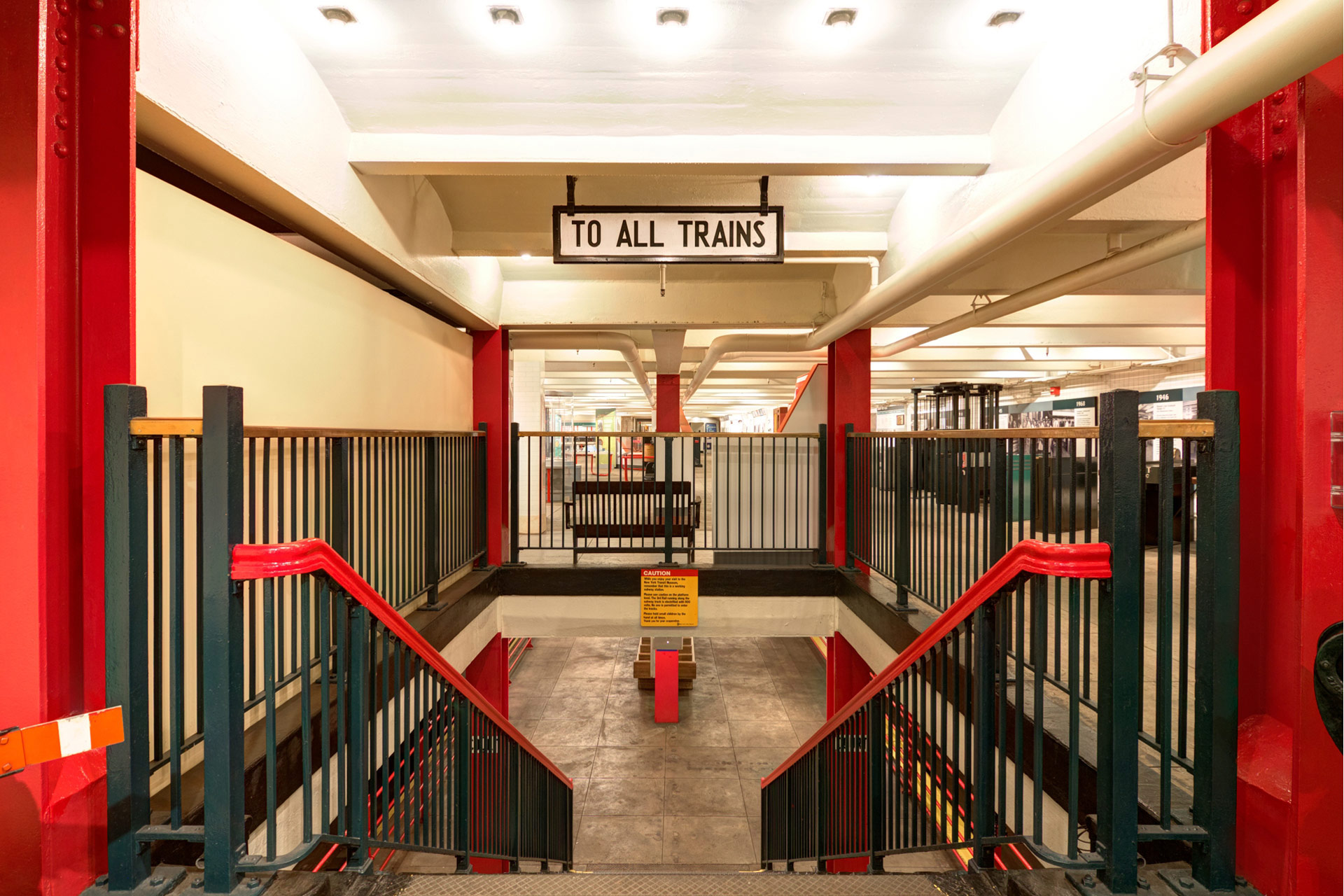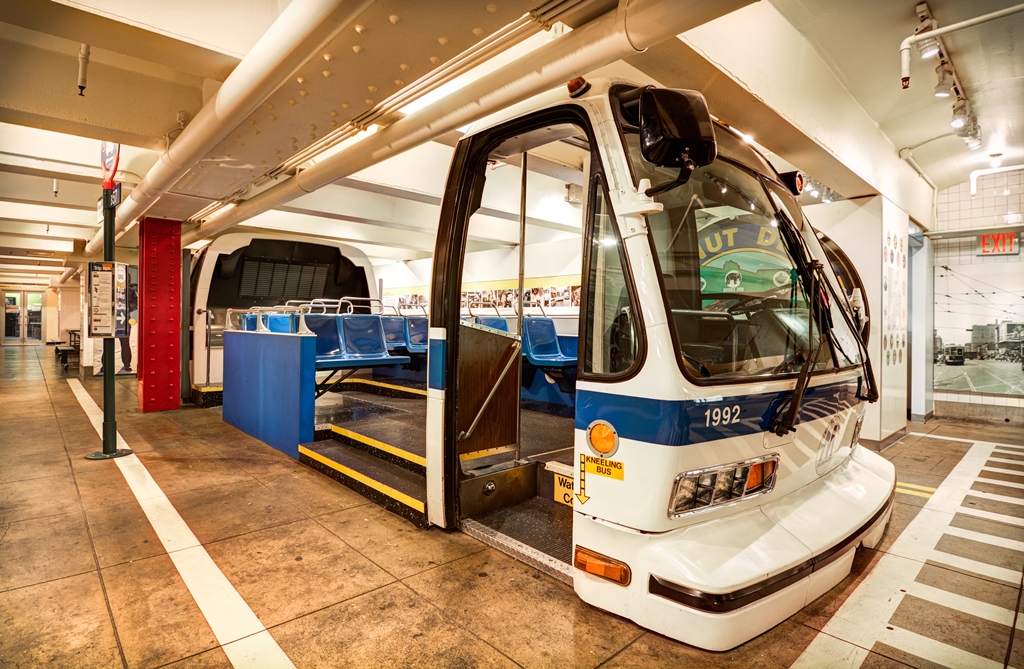
The Transit Museum could be mistaken for an actual subway entrance because it’s fully underground and its exterior looks exactly like a subway station stop. The museum is located in Downtown Brooklyn’s decommissioned Court Street subway station. This station was shut down in 1946 because of its lack of use and lack of funding to keep it operated. Now it became a museum to show the history of the public transit system in New York City. The museum also has an extension at Grand Central Terminal, which hosts an annual train show and it has its own exhibits where they showcase historic photos that document that line’s existence.

When the New York Transit Museum opened on July 4, 1976, it was only supposed to be a temporary museum and was only intended to remain open until September that same year. The museum actually did extremely well and they decided to keep it open and eventually became the New York Transit Museum. The responsibility of the museum was transferred to the Metropolitan Transportation Authority to help with the expansion of different exhibitions to include other MTA facilities, such as Metro-North & Long Island Railroads, and MTA Bridges & Tunnels. It’s the best place to learn about the history of New York City’s public transit system and learn how it came to be. Even though the station itself is not a stop, everything from its control room to its tracks is still fully functional. The station has been used for several movies such as the 1974 film The Taking of Pelham One Two Three and the 2009 remake.

When you enter the museum, you will go through the same street entrance people in the early 1900s did. There are many different turnstiles, both vintage and modern-day that documents how fare collection has evolved over time. These turnstiles required either a paper ticket, a token or a metro card as payment. Tokens were the dominant payment for a fare on New York Subways and buses from 1953 until 2003. It was discontinued when the brass coins were replaced by a flimsy plastic Metro Card.

The museum is held in an old subway station, so you descend stairs just as you would enter any subway station in New York and enter, you pass through turnstiles like any station. The museum starts off with an amazing history of the NY transit system. The history of building the subway system and its cars are well documented, photographed, and is well laid out. The highlight is downstairs, where there is a collection of impressively preserved historical subway cars going back over 100 years. You can see how cars use to be designed and what advertisements were displaced back then.

One exhibition is “On the Streets: New York’s Trolleys and Buses,” which tells the story on how streetcars, trolleys, buses, and any upper ground public transportation have transformed from the 1800s to now. There are several small replicas that give an idea of what the above-ground traffic would have looked like back then and compare it to what we have today. You can also sit behind the wheel of an actual MTA bus of that time. Another is “Steel, Stone & Backbone: Building New York’s Subways.” It’s a lesson on how the first subway line was built in the 1900s. It was about the technology that was used to build the system and the dangers conditions workers faced in the while creating the first underground subway system. Some of these subway cars date back to the early 1900s.

The lower level of the museum has many different models of vintage subway cars. These trains gives a firsthand look at how subway cars have developed and modernized over time. You can walk inside the carts and experience trains from another time period even the ads. In front of each one of the subway models is an informational panel so you can know what you’re looking at. It includes the history of the car, like when it was introduced and how long the car functioned over its life span. The MTA tends to take out these cars out for a ride for special events, like sports events, guided tours, or during the holidays. These vintage carts tend to travels from the Second Ave station to Queens along the F line.

